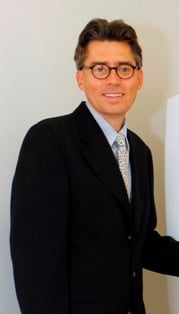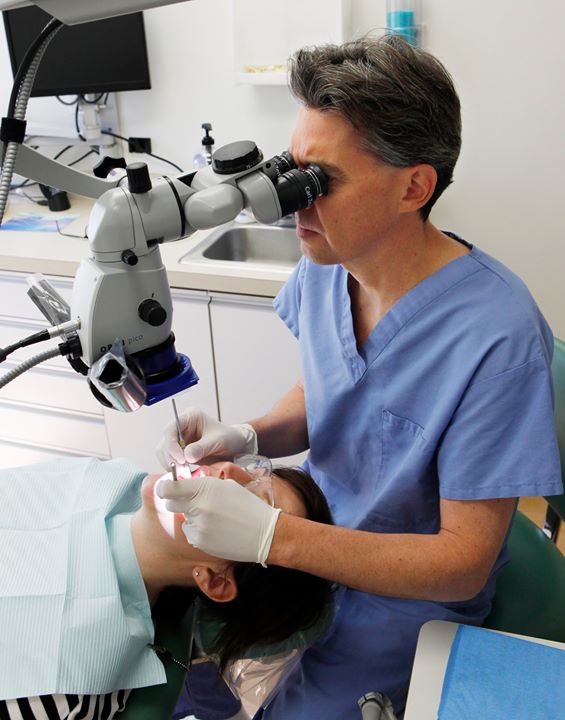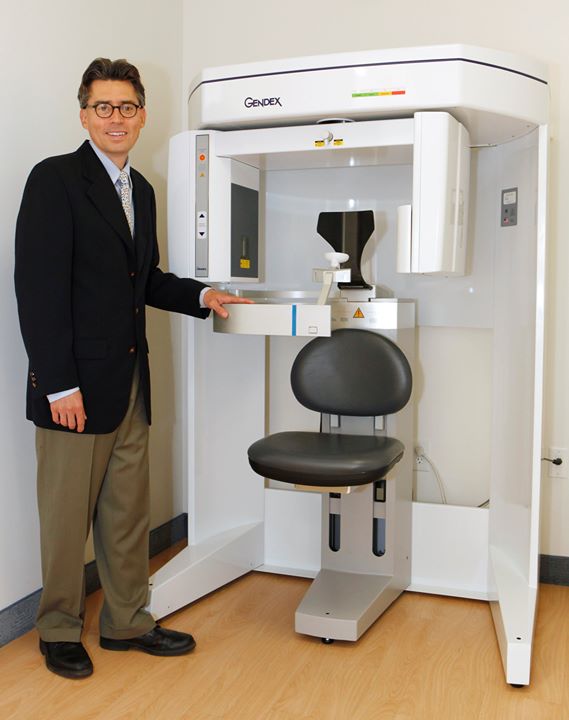Dr. Van Stralen Dr. Kenneth Van Stralen – Dentistwas born and raised in Wisconsin. He received his undergraduate Bachelor of Science degree in Biochemistry from the University of Wisconsin – Madison in 1980 and his Doctor of Dental Surgery degree from Marquette University in Milwaukee, Wisconsin in 1984.
Dr. Van Stralen has focused his practice on full-mouth rehabilitation with a special emphasis on dental implants and reconstructive surgery to replace missing teeth.
To keep abreast of the latest developments in these areas Dr. Van Stralen has participated in over a thousand hours of continuing education from top clinicians throughout the world, including:
- Miami Valley Hospital, Dayton, Ohio
- Urban Implant Institute, Budapest, Hungary
- Piper, McKee Study Club, St. Petersburg, Florida
- Biotechnology Institute, Vitoria, Spain
- MAP Seminars, Tampa, Florida
- Kois Center for Advanced Dental Education, Seattle, Washington
- Seattle Institute for Advanced Dental Education, Seattle, Washington
- The Center for Advanced Dental Study, St. Petersburg, Florida
Dr Van Stralen uses dynamic imaging guided surgery with in-house computerized tomography to determine bone volumes, bone density and location of important anatomical structures in order to aid in prosthetic planning and in the precise placement of dental implants. Dr. Van Stralen lectures on dynamic image guided surgery, the use of platelet concentrate in regenerative procedures, and on the benefits of computerized tomography. Dr. Van Stralen is a long time member of the Academy of Osseointegration, the Urban International Regeneration Study Club, Pikos Alumni Institute, the Academy of Microscopically Enhanced Dentistry, the Renaissance Study Club, Digital Smile Design.
Dental Implants :
Permanently Replacing Missing Teeth in Alexandria
Dental implants have revolutionized dentistry by providing a foundation for replacement teeth. In patients who have not lost all of their teeth, implants support crowns that look, feel and function like natural teeth without attaching to or damaging adjacent teeth. For those patients who have lost all their teeth, implants are a great way to anchor a moving denture.
What Are Dental Implants?
Implants are replacement tooth roots made of titanium. The implant is placed in an area where a tooth root once stood. If sufficient bone exists, they can be placed where teeth never formed.
When the implant is left undisturbed for a few months, bone fused with the titanium, creating a strong foundation for artificial teeth. Small posts that attach to the implant and protrude through the gums provide stable anchors for artificial replacement teeth. Implants also help preserve facial structure, preventing bone deterioration that occurs when teeth are missing.
Why Dental Implants?
If you have lost several teeth recently or if you have lived without one or more teeth for years, chances are you have never become fully accustomed to losing such a vital part of yourself. Dental implants can be the way to regain what you have lost.
Dental implants are very safe. The concept of using titanium posts to support teeth was developed by a Swedish scientist and orthopedic surgeon named Dr. Per-Ingvar Branemark more than 35 years ago. His pioneering research, has allowed a lifetime of comfort and self-confidence for millions of individuals facing the frustration and embarrassment of tooth loss.
Implants versus a Bridge :
A dental implant is an artificial tooth root that is placed into the jaw to support an artificial tooth. Multiple individual implants can used to support multiple individual teeth, a number of teeth joined together in a bridge or a denture.
A bridge, also known as a fixed partial denture (FPD), requires teeth on either side of an edentulous space for support. If the teeth adjacent to the lost tooth already have or require crowns, it would fulfill one of the requirements necessary in deciding upon placing a bridge rather than replacing a lost tooth with an implant as the preparation of a tooth for the construction of a bridge exacts a high biological cost on the previously untouched teeth. Crown preparation is accomplished by reducing the adjacent teeth enough to allow sufficient space to place a new top on the tooth.Diagram showing the process of placing a dental bridge
Teeth that have been prepared for crowns are much more likely to decay or to require root canal therapy over time. Teeth that have had root canal therapy are more likely to be lost over time. This can lead to a vicious cycle where the teeth adjacent to the edentulous space breakdown requiring their removal. This can result in the need for a larger and larger bridge. Pursuing this course over decades can results in the loss of all remaining teeth.
Whether or not adjacent teeth have had previous dental restorations is only one of many variables that must be considered when deciding between restoring a missing tooth or teeth with an implants or bridge. According to Spear, the categories of esthetics, function, tooth mobility, structure and biology need to be evaluated to make the best decision. Ultimately, there will be times when either choice is acceptable and the decision becomes one of personal preference. Following is a discussion of variables to consider when decided upon tooth replacement with either an implant or a bridge.
What are some of the benefits of dental implants?
Dental implants have many advantages over traditional restorative options. Among the most important are the following:
- Implants do not require sacrificing the structure of surrounding good teeth.
- They allow your dentist to replace back teeth with a non-removable restoration.
- Dental implants internally stress bone and help prevent atrophy.
- When used to retain full-mouth removable restorations, implants keep dentures in place and comfortable.





